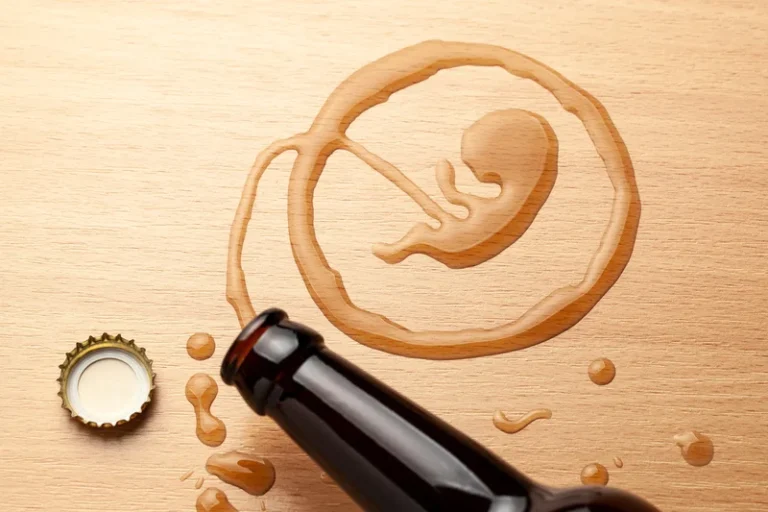Biden fundraiser John Morgan said “only a person with no heart would not be sympathetic” to the story of addiction and recovery. Hunter Biden’s conviction Tuesday on three felony charges marks a historic moment — the first time a sitting president’s child has been found guilty of felonies. Wilson said the liaison model is a “true harm reduction program” that meets people where they are.
- Uplift Recovery Center provides you with recovery in a loving, professional environment.
- New drugs or drug combinations, delivery systems, and routes of administration emerge, and with them new questions for public health.
- Cravings and obsessive thinking about the substance or behaviour become common.
- The verdict’s impact on the presidential race, however, may not match that moment.
- Once the necessary preparations have been made, a person is typically ready to move onto the action stage.
- It is sometimes referred to as the crisis stage, because at this point the addict is at the highest risk of suffering a fatal overdose or another dramatic life event.
She sex-trafficked at least 11 women, police said. Then one turned her in.
- In reality, people can jump about between stages, go backward and forward, and even be in more than one stage at a time.
- The areas in their brains that control decision-making, self-control, and judgment are still developing.
Continued advances in neuroscience research will further enhance our understanding of substance use disorders and accelerate the development of new interventions. The Human Connectome Project and the Brain Research through Advancing Innovative Neurotechnologies (BRAIN) initiative are poised to spur an explosion of knowledge about the structure and function of brain circuits and how the brain affects behavior. Technologies that can alter the activity of dysfunctional circuits are being explored as possible treatments. Continued research is necessary to more thoroughly explain how substance use affects the brain at the molecular, cellular, and circuit levels.
Different Classes of Substances Affect the Brain and Behavior in Different Ways
This first use of drugs or alcohol might be all it takes to form an addiction due to the rush of dopamine to certain neurotransmitters in the brain. The individual may continue chasing that rush or high after the drug’s initial use (e.g., using opioids or even drinking alcohol). While slight variations cycle of addiction of the addiction cycle exist, they all follow a similar format. By understanding these stages of addiction, loved ones can better identify signs of addiction and stop the cycle. To diagnose addiction, your healthcare provider may refer you to a psychiatrist, psychologist or drug and alcohol counselor.
- These findings in the cerebellum have particular relevance in the context of behavioral sensitization, a critical component in the addiction process.
- It’s important to note that the addiction cycle is a complex and individualised process, and not everyone progresses through these stages in the same way or at the same pace.
- These data provide new insight into the role of the BLA in modulating reward-related behaviors.
- Cognitive systems allow us to keep some level of control over emotions, motivation, and decision making.
- For individuals in the first two stages of initial use and abuse, outpatient treatment and behavioral health counseling may be all that’s needed to get back on track.
- There is still no addiction at this point, but the individual is likely to think of their chosen substance more often and may have begun developing a mental reliance on it.
- Copyright © 2024, AddictionHelp.com The information provided by AddictionHelp.com is not a substitute for professional medical advice.
What Are The Differences Between Crack and Cocaine?

The ANA focuses on subdomains of executive function that are particularly relevant to addiction. The desire to remove the negative feelings accompanying withdrawal primes the individual to further intoxication/binge via negative reinforcement. A vicious cycle ensues; taking the substance to lessen withdrawal will lead to worse withdrawal symptoms in the next period of abstinence. A result of increased substance use to avoid withdrawal symptoms is a shift from impulsive to compulsive behavior. Compulsive behavior marks the loss of executive control over substance use and is a hallmark of addiction.
- With substance addictions, thorough and thought-out preparation can be important to success.
- This latter choice is made with intent of trying to fit in better with that particular group of peers.
- As a result, this stage can mark the end of their addiction, as well as the start of new life without drugs and alcohol, that is filled with hope for the future.
- The chapter explains how these substances produce changes in brain structure and function that promote and sustain addiction and contribute to relapse.
- Our mission is not only to help you break free from addiction but also to equip you with the tools to maintain sobriety and lead a fulfilling life thereafter.
- This process is linear and has the same progression for every person, although the duration of each step in that progression can differ greatly depending on the individual, dosage and type of drug being abused.
Substances Stimulate Areas of the Brain Involved in Habit Formation
Stage 7: Crisis/Treatment



 Contato por WhatsApp
Contato por WhatsApp
Faça um comentário